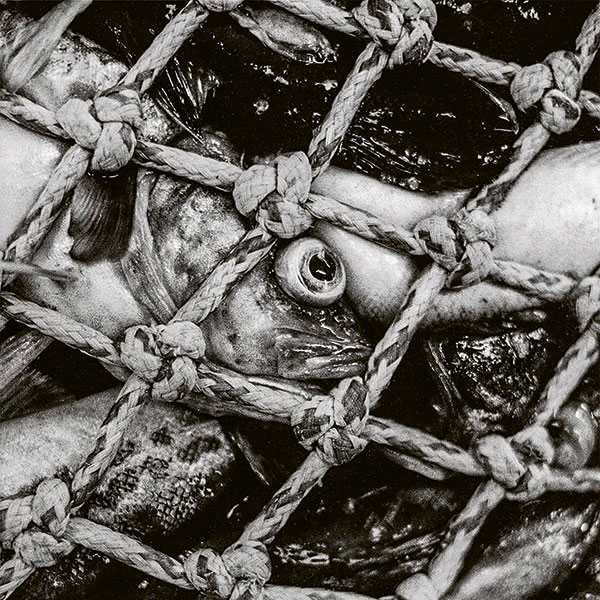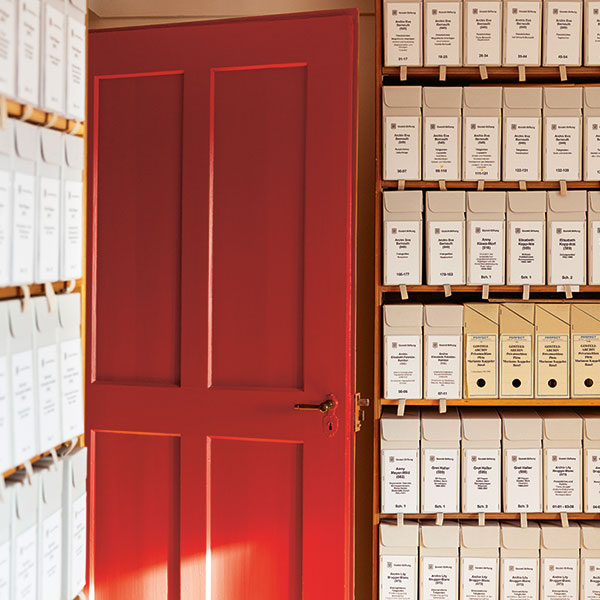One ring to rule them all
Researchers at ETH Zurich have developed a medical device that patients wear as a ring on a finger. This mini pulse oximeter measures the oxygenation of the blood and sends data via Bluetooth to a doctor’s smartphone.

A useful finger ring: whoever wears this mini pulse oximeter will know all about their vital functions. | Image: Manuel Eggimann, ETH
It weighs less than a two-franc piece, and you can wear it on your finger: it’s a new pulse oximeter, developed by researchers at ETH Zurich. This tiny device determines the oxygenation of the blood by measuring the light absorption of the skin.
Up to now, such measuring devices have been worn as finger clamps. They are in standard use by doctors with the emergency services and in hospitals, because they indicate whether a patient’s brain is getting enough oxygen. They are also used by pilots and mountain-climbers who spend time at high altitudes and want to monitor their oxygenation levels.
This new finger-ring pulse oximeter now makes it easier to monitor oxygenation. What’s new is not just its reduced size, but the fact that it measures oxygenation automatically and sends the data over Bluetooth to an end device. “This means no one, neither the doctor nor the patient, has to be reminded about making regular measurements of oxygenation levels”, says Michele Magno, an electrical engineer at ETH Zurich and one of the co-developers of the ring. It will sound an alarm as soon as the oxygenation level in the blood falls below a critical value. This is made possible because the engineers have included a tiny computer in the ring that measures the light absorption of the skin and calculates oxygenation values directly from this. What’s more, the ring has its own, in-built solar module and so powers itself.
The researchers have meanwhile managed to reduce the energy consumption of the ring by 75 percent compared to their initial prototype. They now want to utilise this freed-up energy to incorporate further functions – such as sensors to measure the pulse and blood sugar levels.




